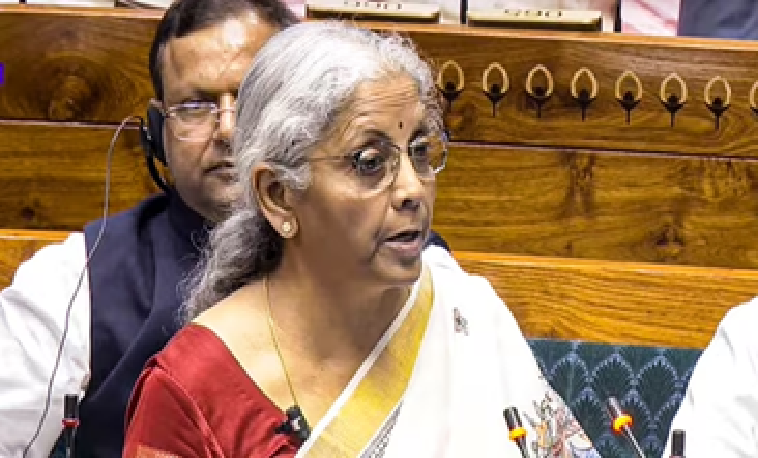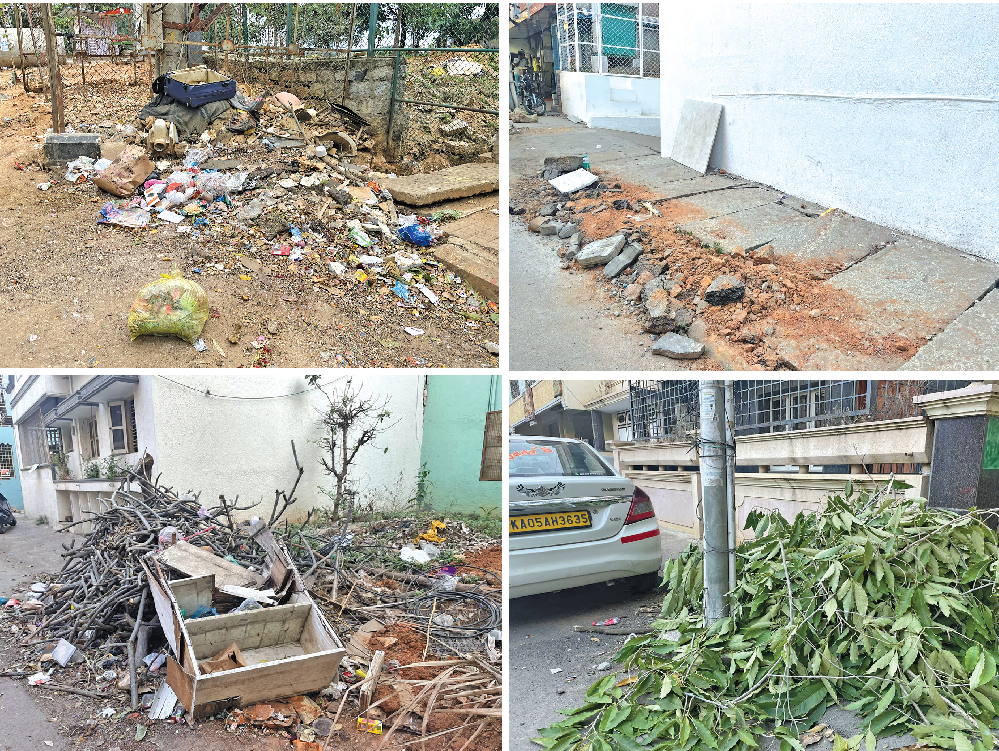
Time to put on woolens; Bengaluru chills at 12.8 degrees
NT Correspondent
Bengaluru: After hitting a four year low of 13 degrees Celsius on Wednesday, the mercury in Bengaluru dipped further to 12.8 degrees Celsius on Sunday.
However, India Meteorological Department (IMD) clarified that temperature had dropped below 13 degrees in Bengaluru on several occasions in the past 10 years and that there was data to bear witness to this. They added that there was no cold wave in Bengaluru; for the conditions for a cold wave to be met, temperature has to dip below 10 degrees.
However, cold wave conditions had been declared for some parts of north Karnataka in the past week. Bidar, Bagalkote, Vijayapura, Mysuru and Davanagere districts were especially hit by the cold wave. Bagalkote and Chamarajanagara (Hardanahalli Krishi Vignana Kendra) recorded the lowest minimum temperature of 9.4 degrees Celsius in Karnataka on Sunday.
Meanwhile, the Bengaluru International Airport area maintained a minimum temperature of 13.4 degrees while the Hindustan Aeronautics Limited (HAL) airport area witnessed the mercury dip to 13.2 degrees Celsius. An IMD scientist said that the drop in temperature was normal.
“There is no cold wave in Bengaluru. This is not the first time the temperature has dropped below 13 degrees. In the past, say 10 years, it has happened many times. We can note that temperatures had hovered around 12.2 or 12.4 in the past,” he said. “Since 2011, it has dropped below 13 degrees at least four times,” he added.
He clarified that parts of Karnataka had been issued cold wave warnings in the past week. “We’ve been issuing cold wave (warnings) for the past week, but today (Sunday) we have withdrawn the cold wave conditions because there is a slight increase in minimum temperatures,” he said.
What is a cold wave?
For a cold wave to be declared by IMD, minimum temperatures of below 10 degrees should be recorded by two stations in a single sub-division.North Interior Karnataka (NIK) for instance is one such sub-division. Every district generally has two to three stations which are geographically spread apart.
“Departure from normal should be -4.5 (degrees) to -6.4 (degrees) for a cold wave to be declared. If the departure from the normal is more than -6.4 (degrees), then it is a severe cold wave condition,” the scientist said, adding that these parameters applied only for the plains and not hilly areas.
He said that for the hilly areas, cold wave conditions were by IMD declared if the temperature dropped below zero degrees. The scientist said that one of the reasons for temperatures dropping could be because the monsoon brought with it an excessive amount of rainfall. “One of the reasons could be that there was excessive rainfall in the monsoon,” he said, adding “I’d said this during the South West Monsoon (SWM).
I’d said that the winter won’t be too harsh, but cold wave conditions will be there”. IMD had advised people, especially sick and old ones to exercise caution and stay indoors and dress as warmly as possible to maintain body heat.
 English daily published in Bengaluru & Doha
English daily published in Bengaluru & Doha






